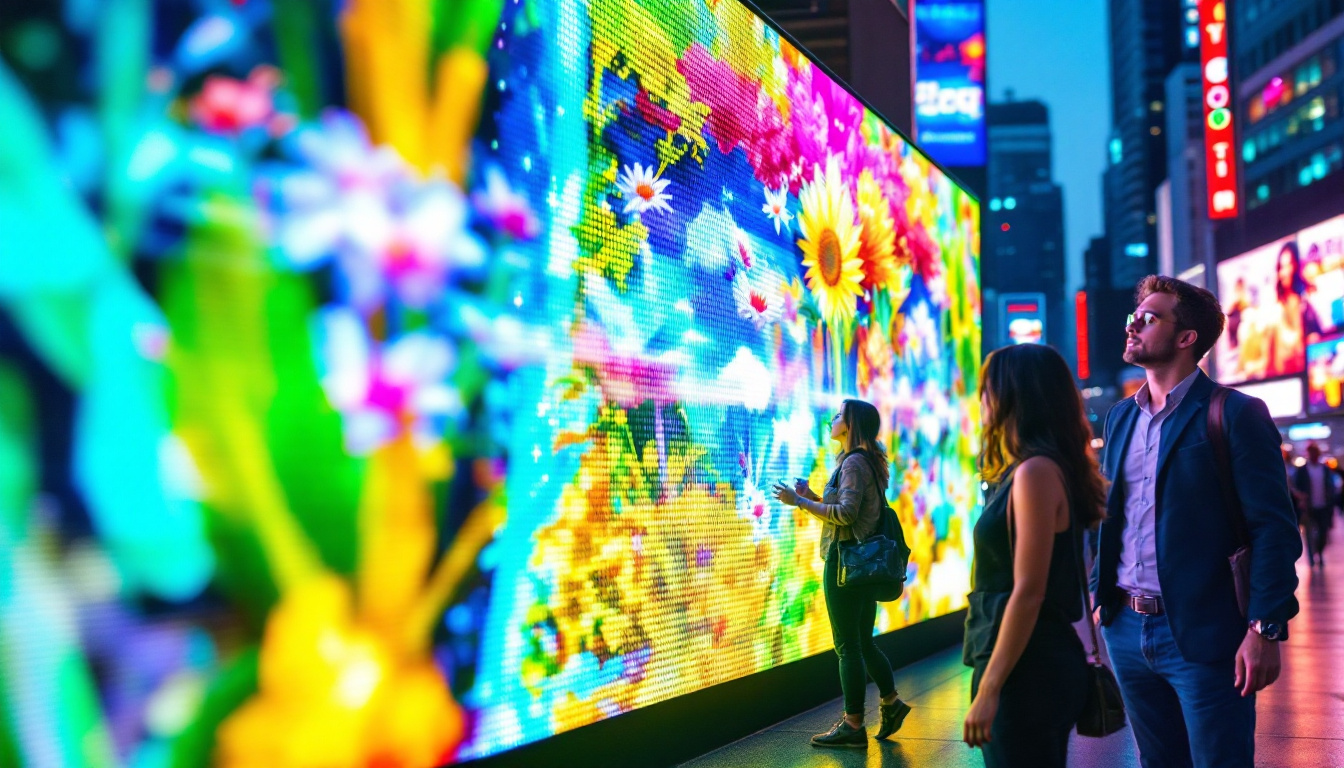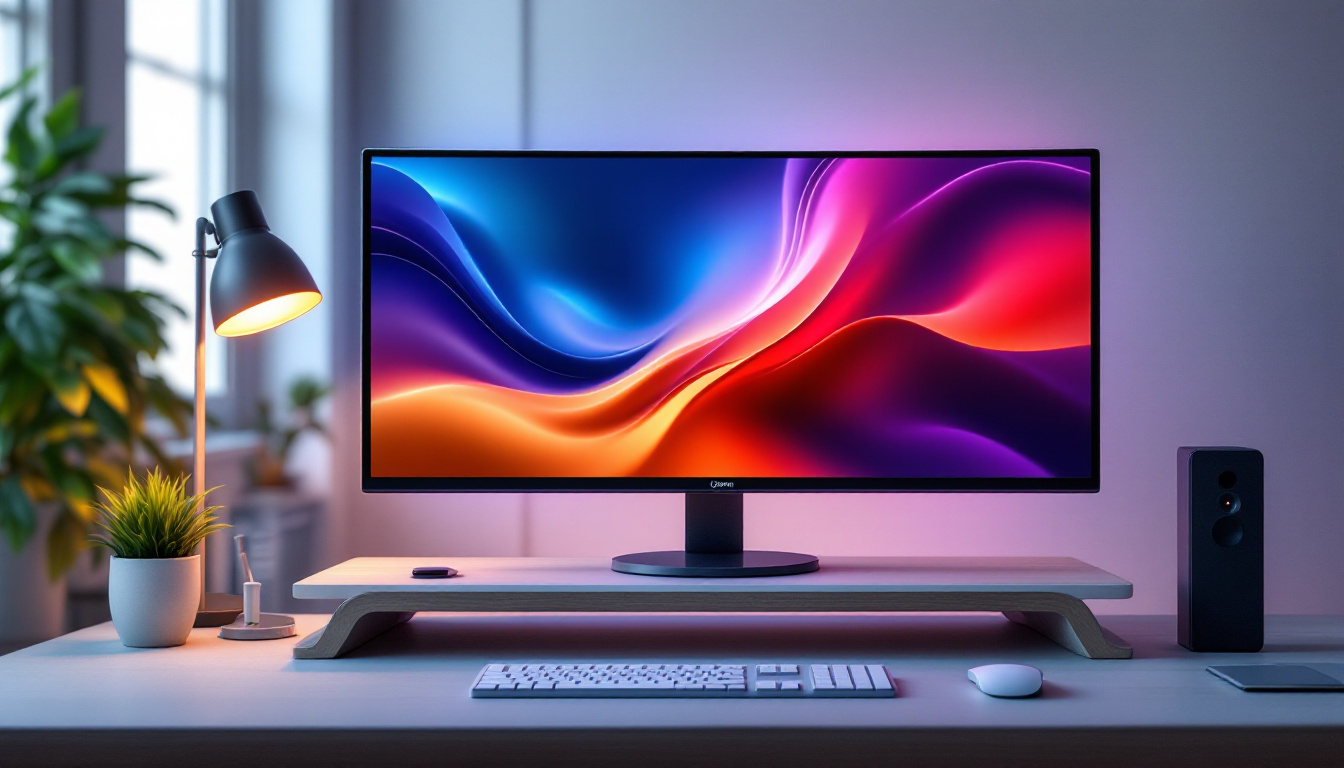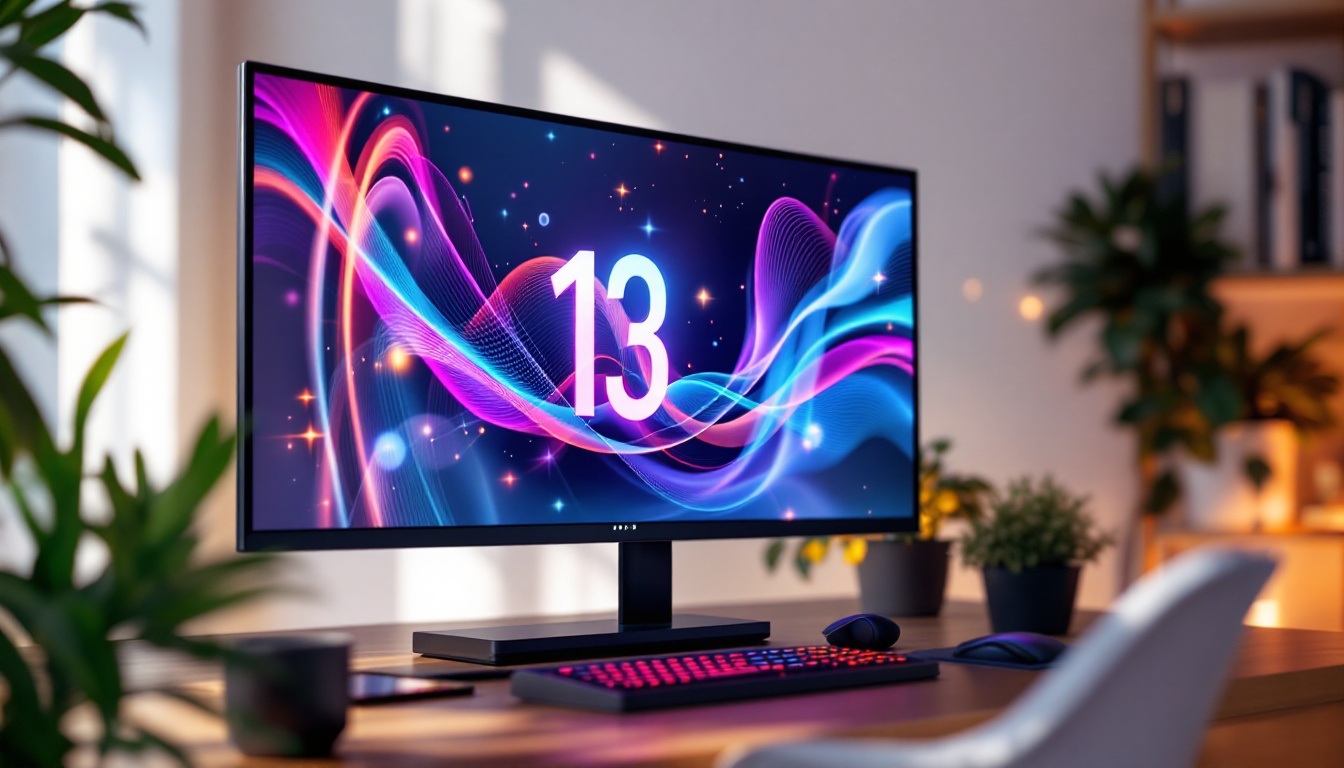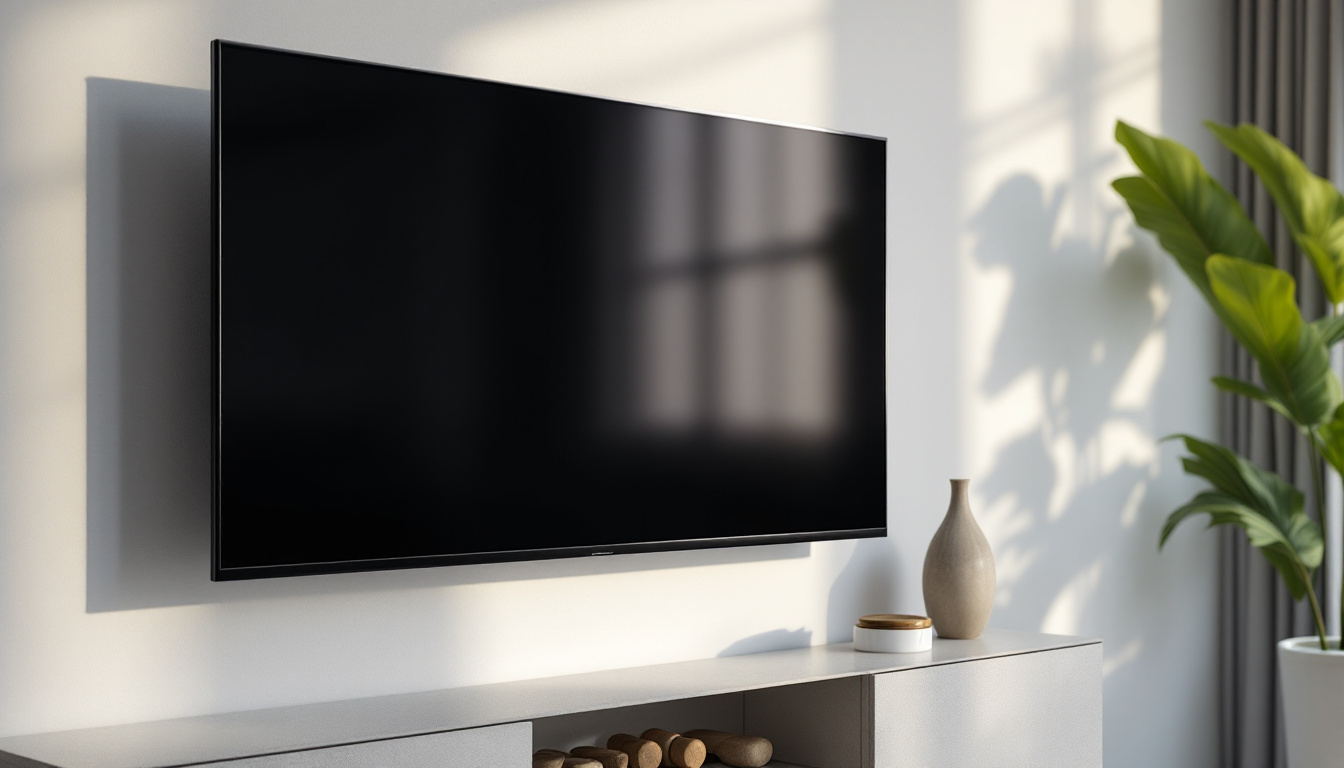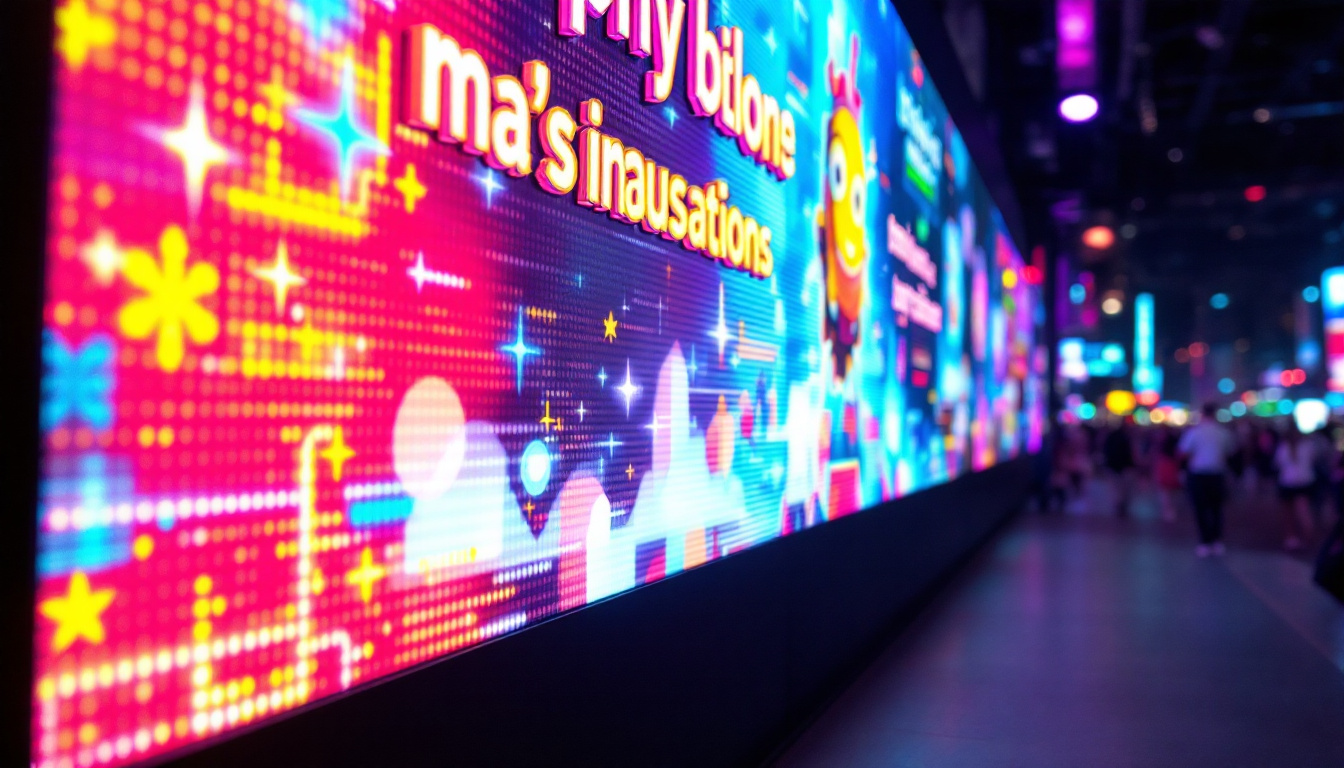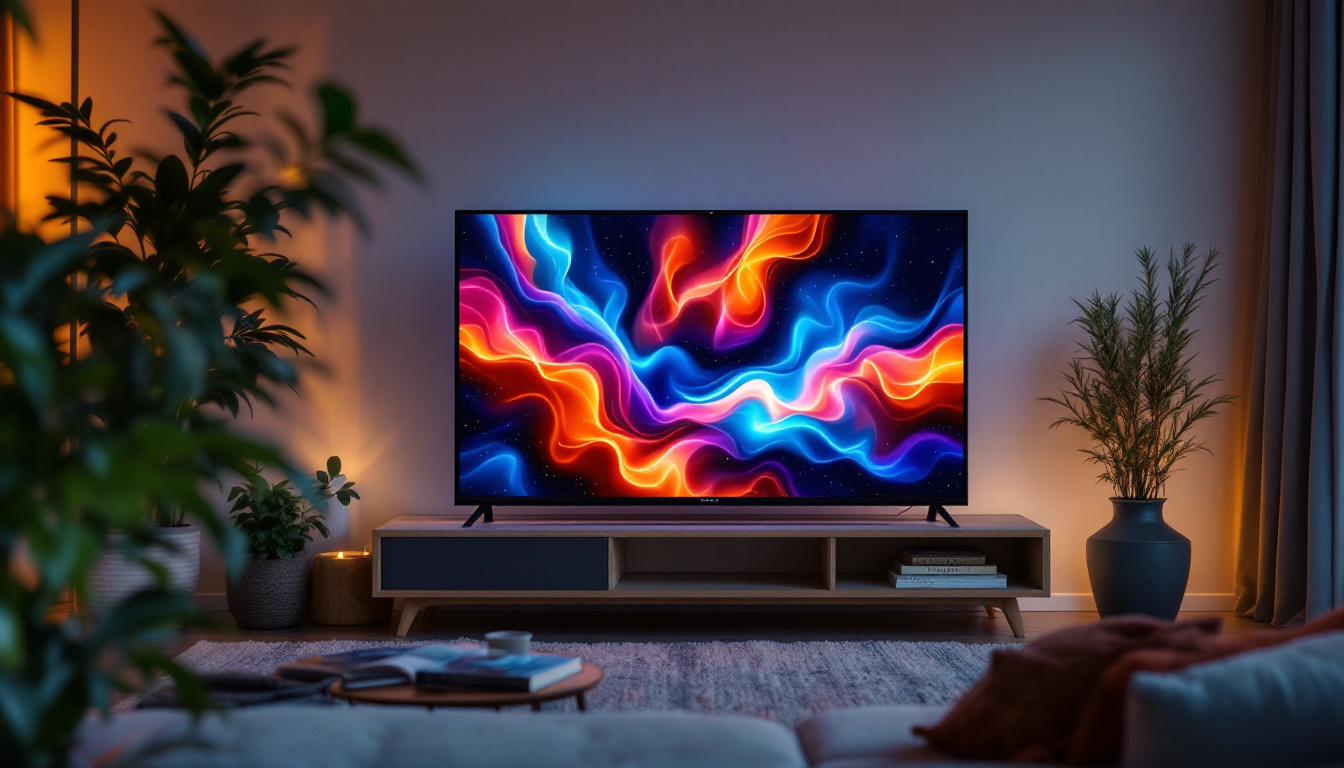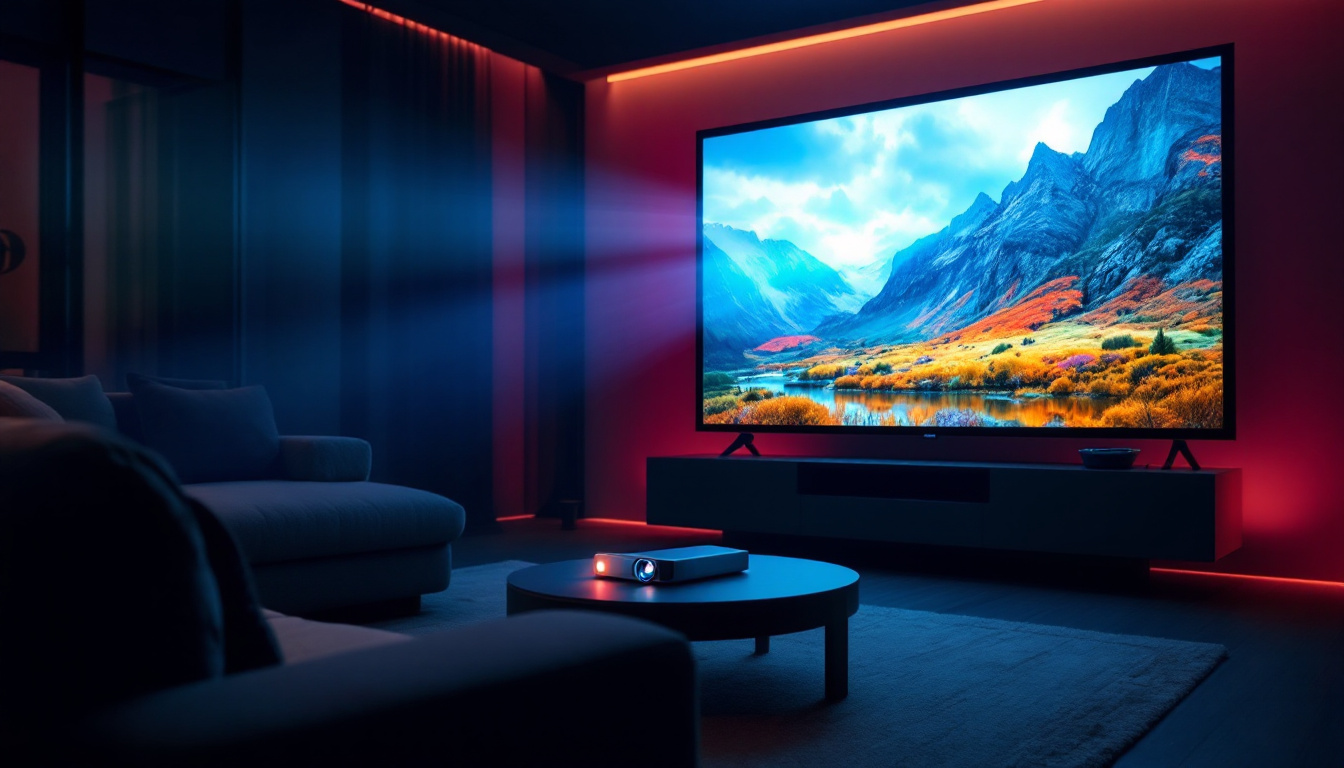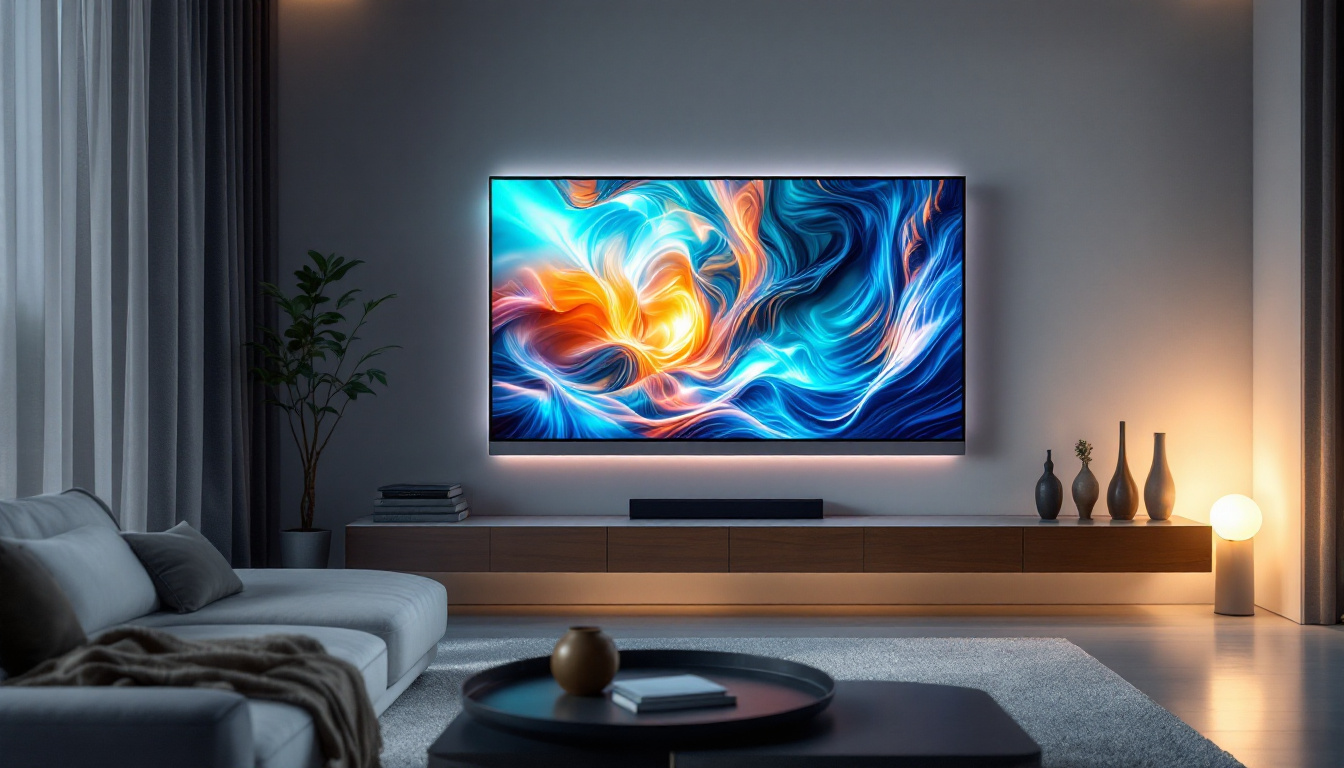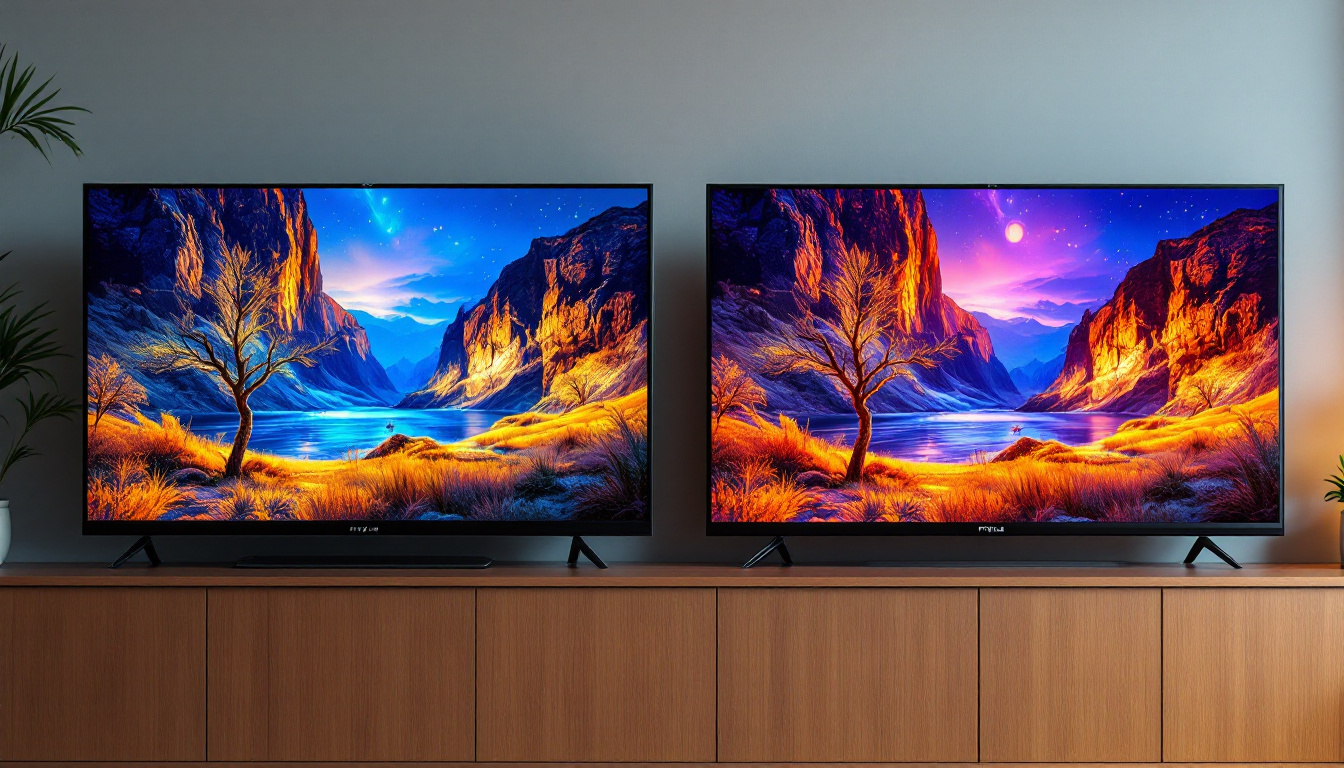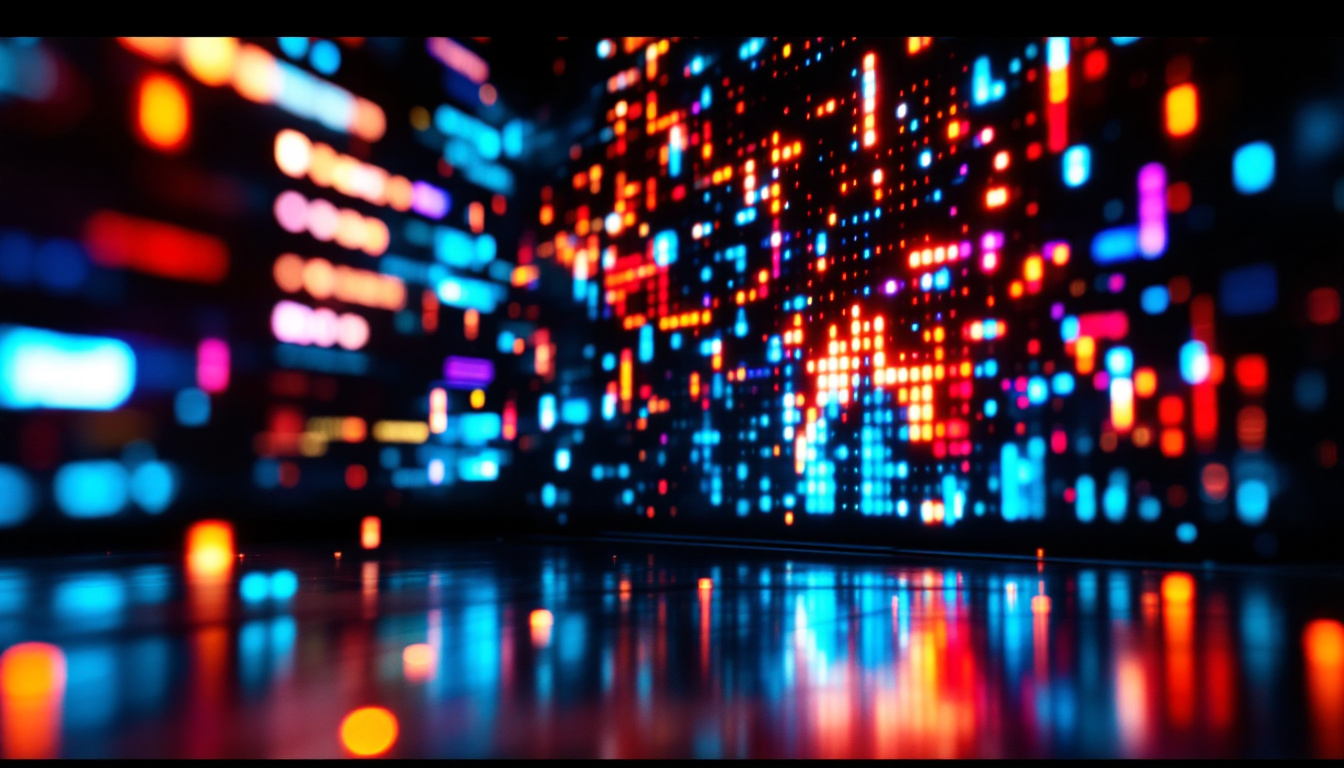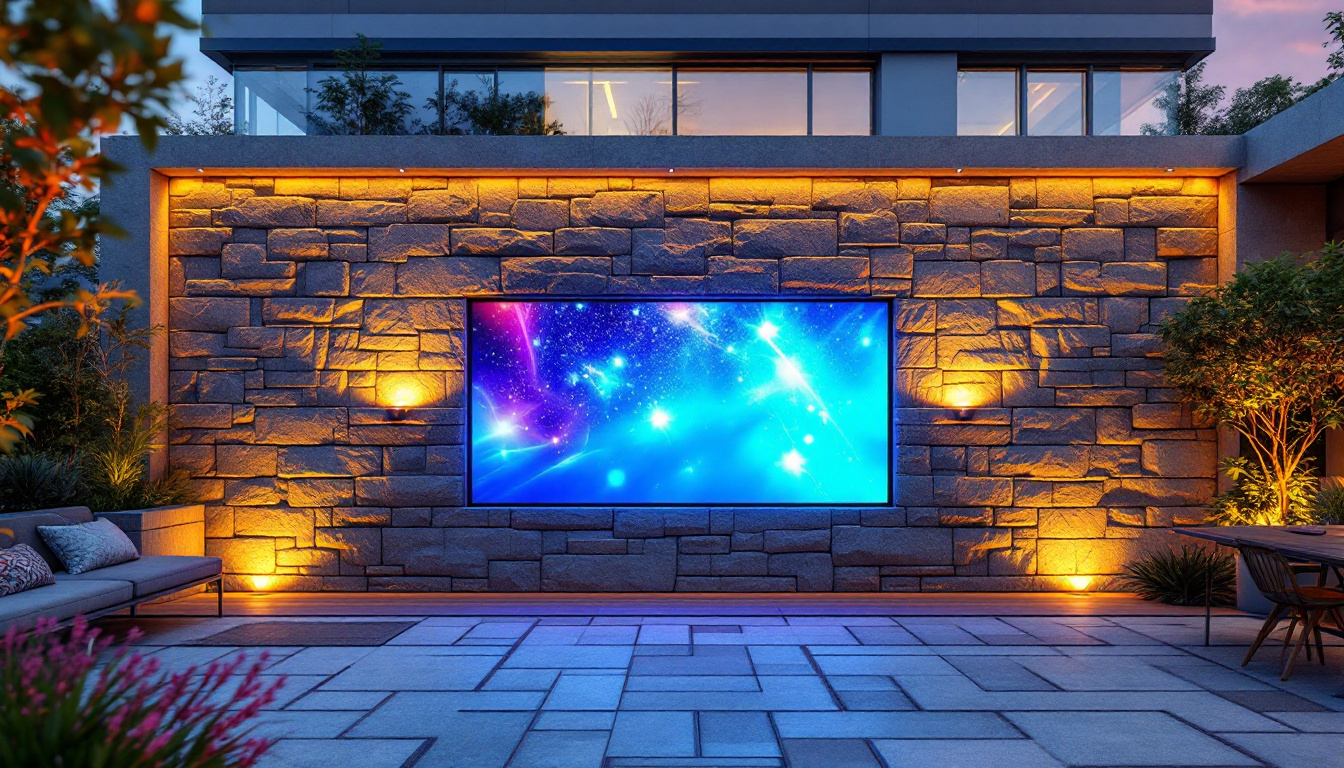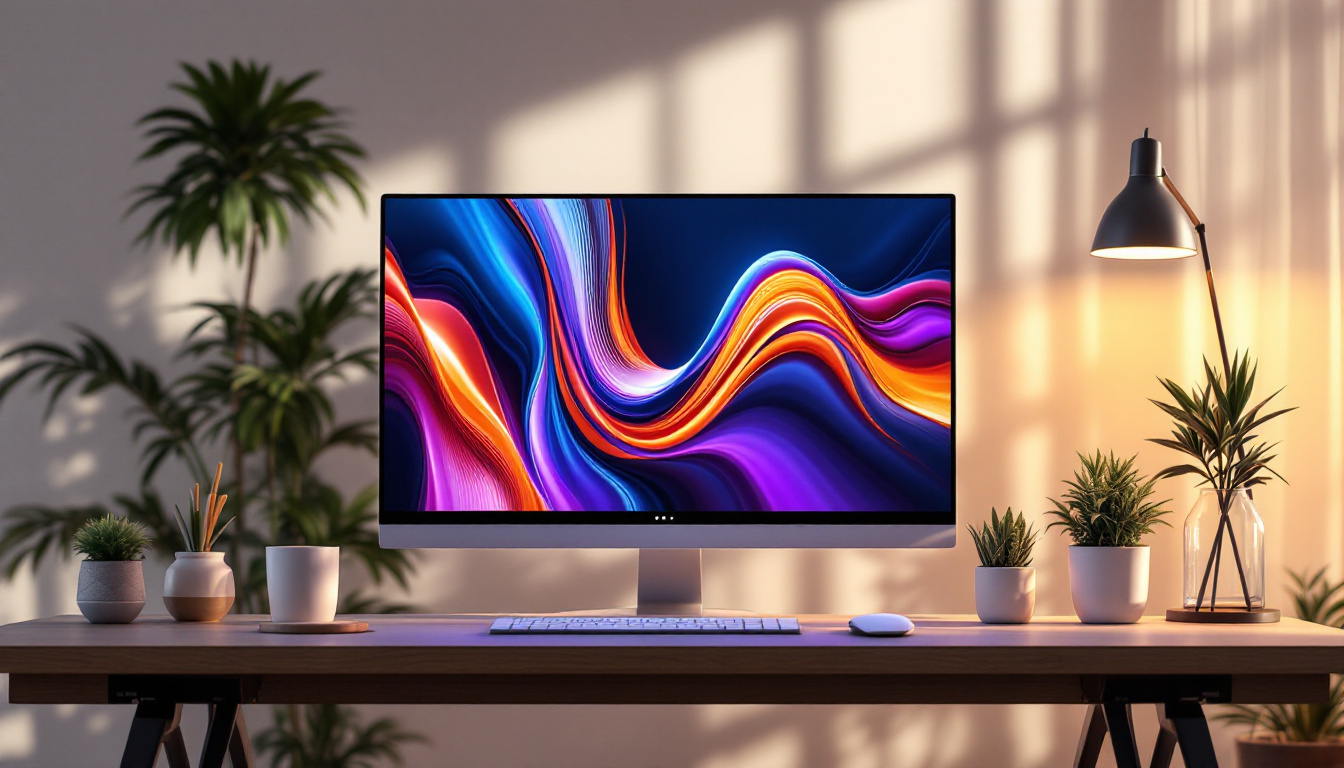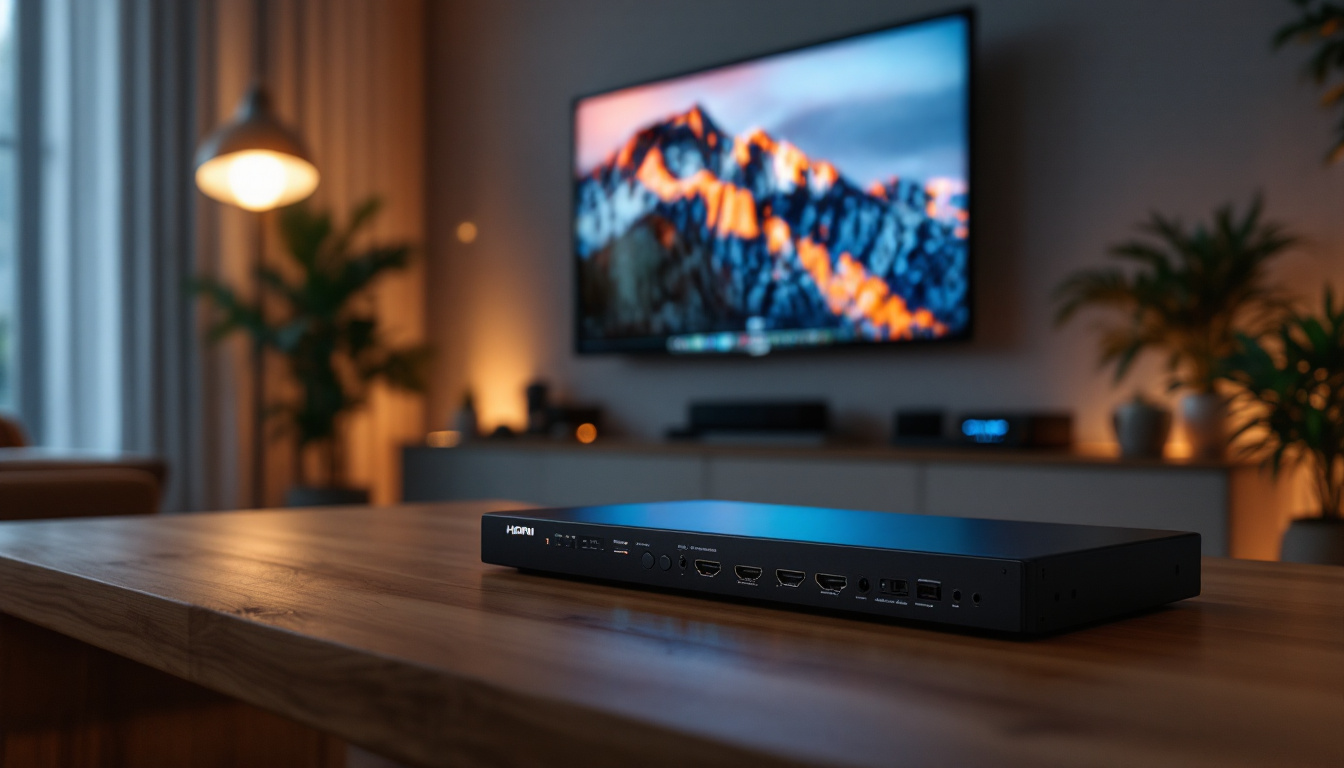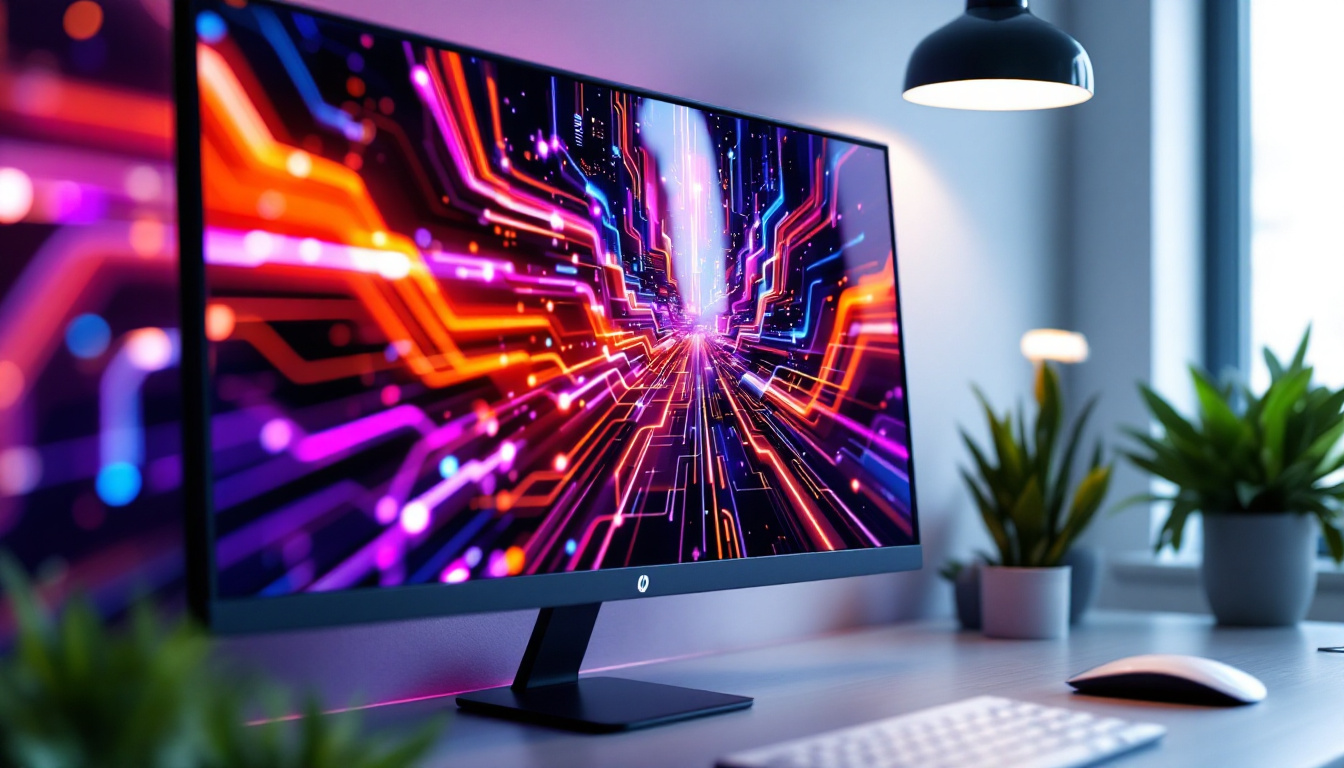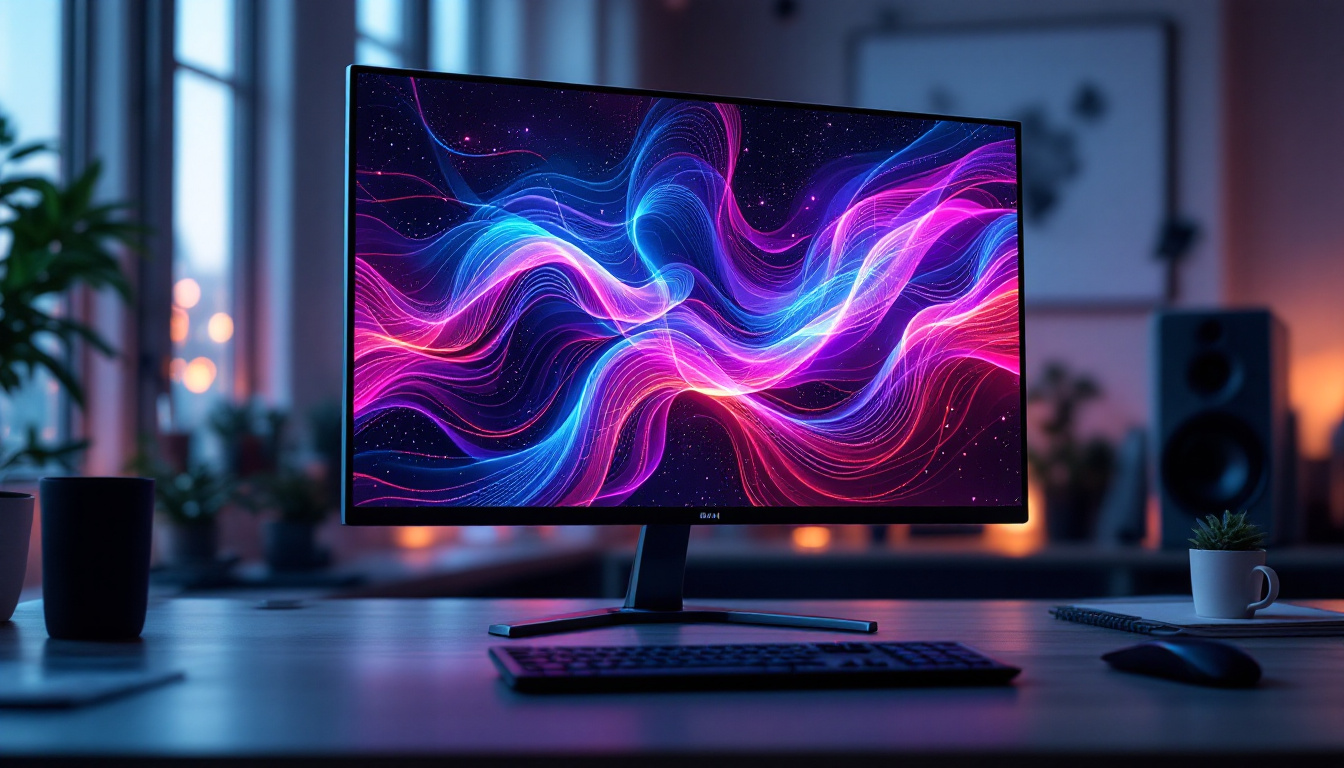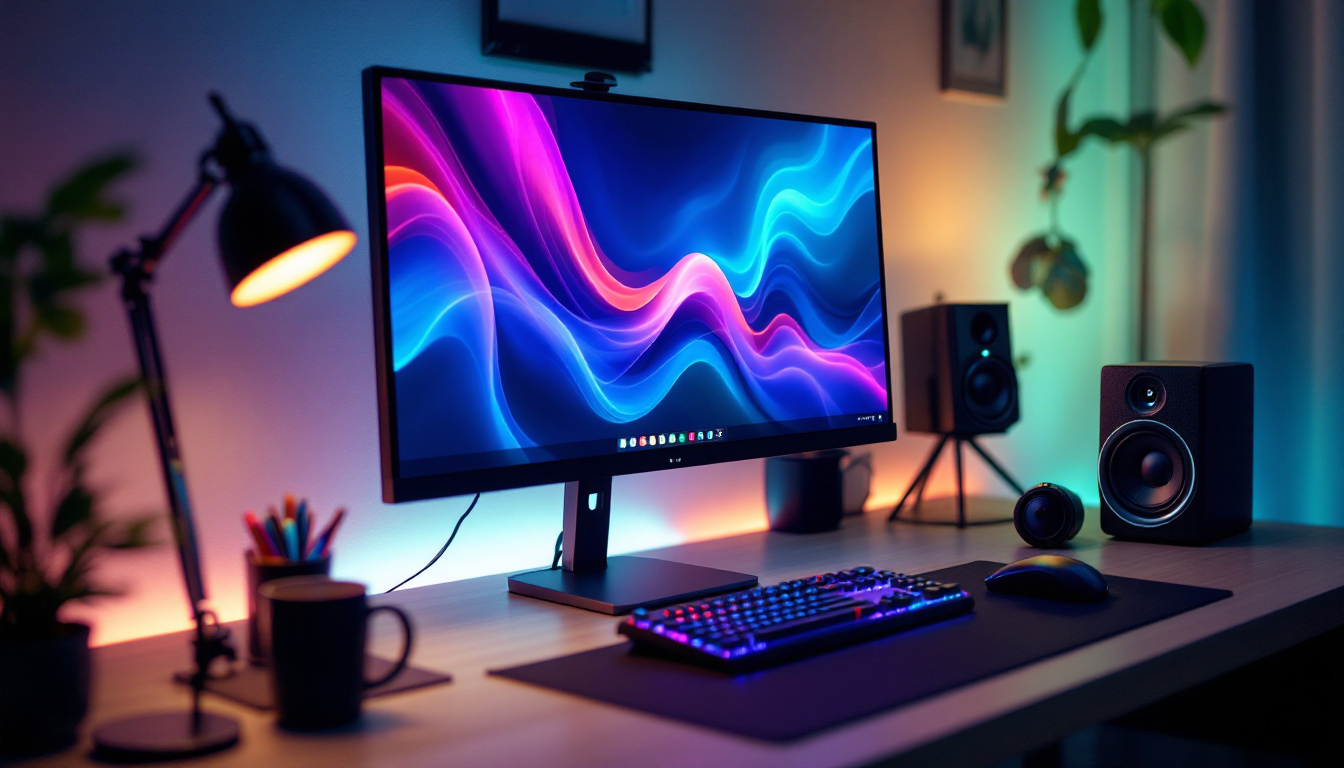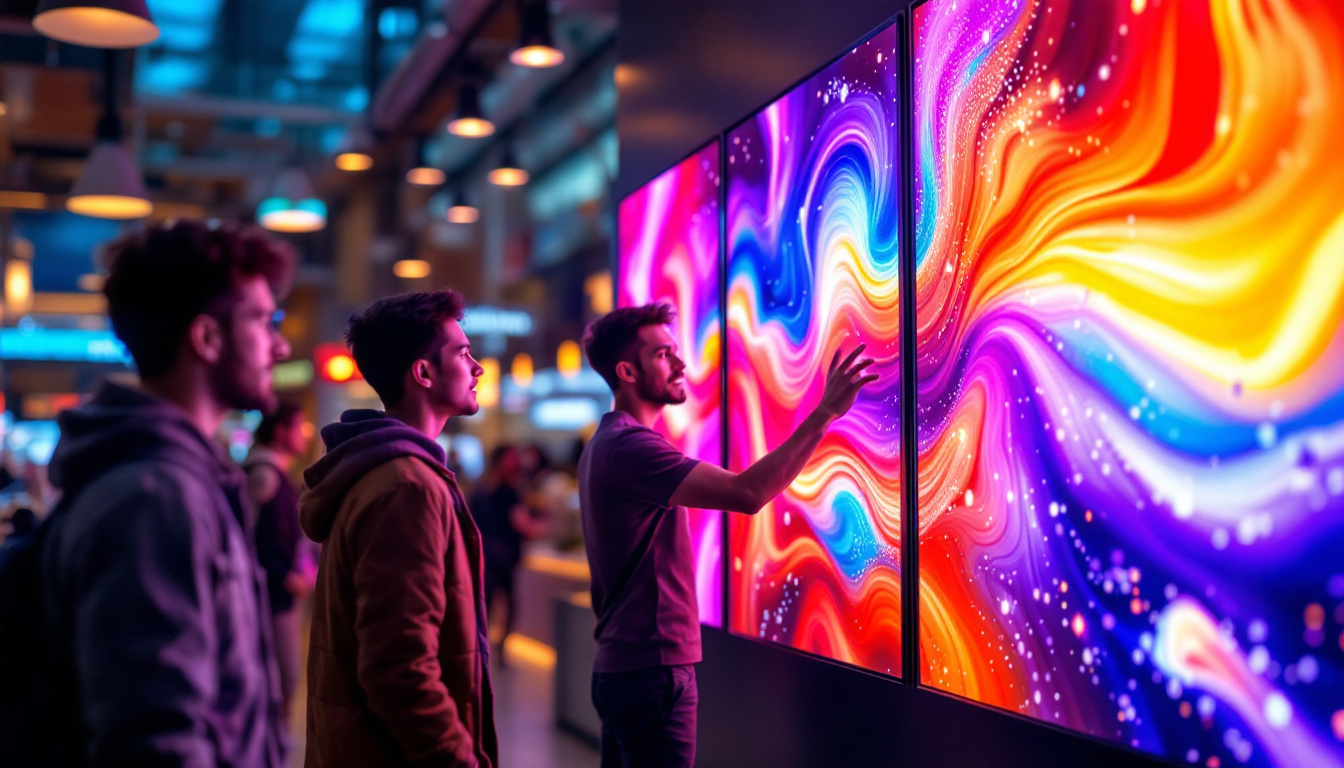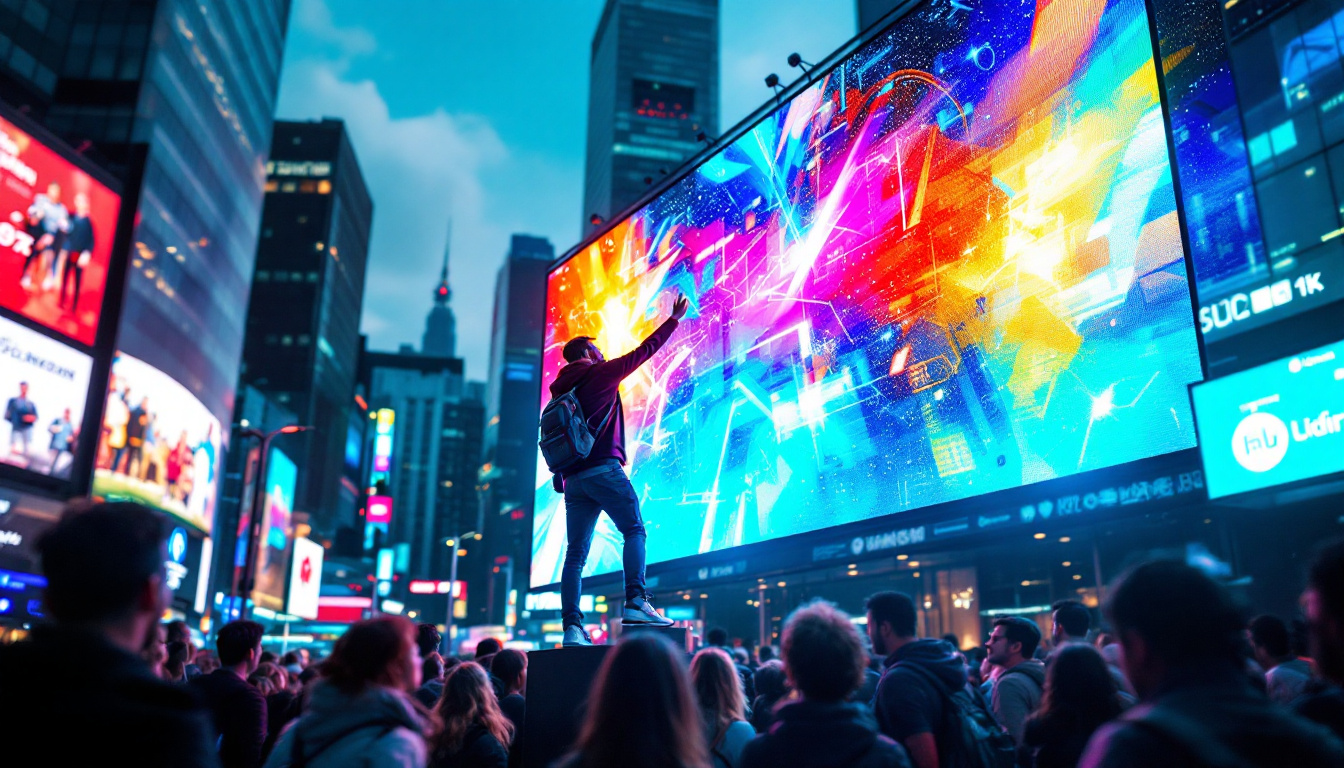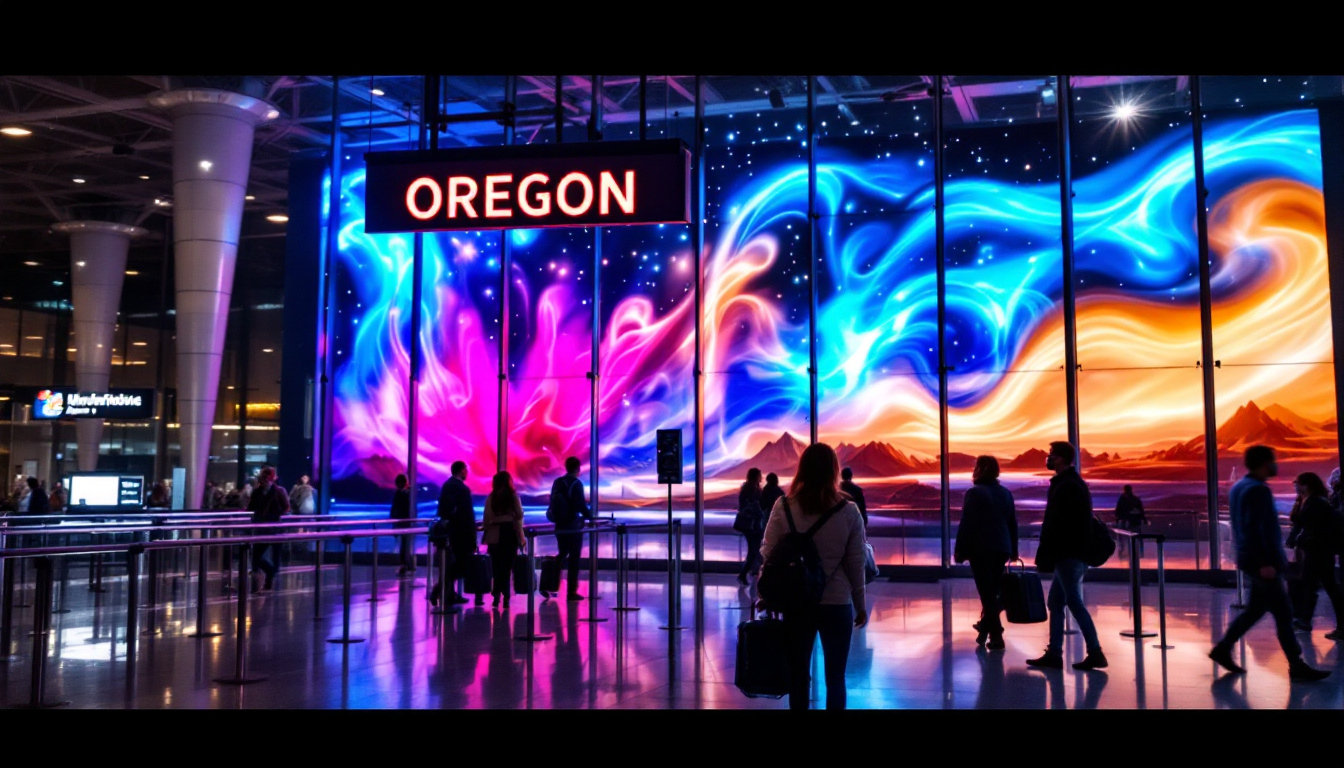In the realm of modern advertising and visual displays, LED technology has revolutionized how information is presented to the public. Among the various specifications that define LED displays, “LED pitch” plays a critical role in determining the quality and clarity of the images and videos displayed. This article delves into the intricacies of LED pitch, its significance, and the factors that influence its selection for various applications.
Understanding LED Pitch
LED pitch refers to the distance between the centers of two adjacent LEDs on a display panel, typically measured in millimeters. This measurement is crucial as it directly affects the resolution and clarity of the images produced by the display. A smaller pitch means that the LEDs are closer together, resulting in a higher pixel density, which translates to sharper images and finer details.
The Importance of Pixel Density
Pixel density is a key factor in determining the visual quality of an LED display. Higher pixel density allows for more detailed images, making it particularly important for applications where viewers are close to the screen, such as in retail environments or indoor venues. Conversely, displays with a larger pitch may be suitable for outdoor advertising or large venues where the audience views the display from a greater distance.
For example, an LED display with a pitch of 2.5mm is ideal for indoor environments where viewers are typically within a few meters of the screen. In contrast, a display with a pitch of 10mm may suffice for outdoor billboards, where the viewing distance is significantly greater. Understanding the intended use of the display is essential in selecting the appropriate pitch.
How LED Pitch Affects Viewing Experience
The viewing experience is greatly influenced by LED pitch. A smaller pitch results in a more immersive experience, as viewers can appreciate intricate details and vibrant colors. This is particularly important in settings such as concert venues, sports arenas, and trade shows, where high-quality visuals can enhance the overall experience.
On the other hand, larger pitches can lead to a less engaging experience, especially for viewers who are close to the screen. The pixels may become more noticeable, leading to a grainy or pixelated appearance. Therefore, understanding the relationship between LED pitch and viewing distance is crucial for achieving the desired visual impact.
Factors Influencing LED Pitch Selection
Choosing the right LED pitch involves several considerations, including the intended application, viewing distance, and environmental factors. Each of these elements plays a role in determining the most suitable pitch for a specific display.
Application Type
The type of application significantly influences the choice of LED pitch. For instance, indoor applications such as retail displays, corporate presentations, and control rooms often require a smaller pitch to ensure high resolution and clarity. In these settings, viewers are typically closer to the screen, making a finer pitch essential for delivering a quality visual experience.
Conversely, outdoor applications, such as billboards and large signage, can utilize larger pitches. Since these displays are often viewed from a distance, the need for extreme pixel density diminishes. A larger pitch can still deliver vibrant visuals that are effective for advertising and brand promotion.
Viewing Distance
Viewing distance is another critical factor in determining the appropriate LED pitch. The general rule of thumb is that the optimal viewing distance should be at least 10 times the pitch measurement. For example, if the pitch is 3mm, the ideal viewing distance would be around 3 meters. This guideline helps ensure that the display appears seamless and that individual pixels are not discernible from the viewer’s perspective.
In applications where viewers are likely to be closer to the display, such as in retail environments or exhibitions, a smaller pitch is necessary to maintain image quality. In contrast, for outdoor billboards viewed from a distance, a larger pitch can be more cost-effective while still delivering an impactful message.
Environmental Considerations
Environmental factors also play a role in the selection of LED pitch. Outdoor displays need to withstand various weather conditions, which can affect the choice of materials and technology used in the display. Additionally, brightness levels must be considered; outdoor displays typically require higher brightness to combat sunlight and ensure visibility.
In contrast, indoor displays may prioritize color accuracy and lower brightness levels to create a comfortable viewing experience. These environmental considerations can influence not only the pitch selection but also the overall design and functionality of the LED display.
Benefits of Choosing the Right LED Pitch
Selecting the appropriate LED pitch can yield numerous benefits, enhancing the overall effectiveness of the display. From improved image quality to increased viewer engagement, the right pitch can significantly impact the success of visual communication efforts.
Enhanced Image Quality
One of the most significant advantages of choosing the right LED pitch is enhanced image quality. A smaller pitch allows for higher pixel density, resulting in sharper images and more vibrant colors. This is particularly important for applications that rely on visual storytelling, such as advertising, live events, and presentations.
Moreover, high-quality visuals can create a lasting impression on viewers, making them more likely to engage with the content. In a world where attention spans are fleeting, captivating visuals can be the difference between success and failure in communication efforts.
Increased Engagement
Engagement is crucial in any visual display, and the right LED pitch can greatly influence viewer interaction. Displays with higher resolution and clarity tend to draw viewers in, encouraging them to spend more time interacting with the content. This is especially important in retail environments, where engaging displays can lead to increased foot traffic and sales.
Furthermore, well-designed LED displays can create a sense of immersion, allowing viewers to feel part of the experience. Whether it’s a concert, sports event, or advertising campaign, engaging visuals can foster a deeper connection between the audience and the content being presented.
Cost-Effectiveness
While it may seem counterintuitive, choosing the right LED pitch can also lead to cost savings in the long run. Displays with smaller pitches may require a higher initial investment, but they often provide better performance and longevity. This means fewer replacements and repairs over time, ultimately reducing overall costs.
Additionally, displays that are optimized for their intended use can lead to higher returns on investment. For instance, an outdoor billboard with a larger pitch may be more cost-effective than a smaller pitch display, but if the content is not engaging or visible, it may not generate the desired results. Therefore, selecting the appropriate pitch is a crucial aspect of maximizing cost-effectiveness.
Common Applications of LED Displays
LED displays are versatile and can be found in a variety of applications across different industries. Understanding these applications can provide insight into the importance of LED pitch and how it affects the overall performance of the display.
Advertising and Marketing
One of the most common applications of LED displays is in advertising and marketing. From large billboards on busy highways to digital signage in shopping malls, LED displays are an effective way to capture attention and convey messages to consumers. The choice of pitch in these displays can significantly impact their effectiveness.
For outdoor advertising, larger pitches are often used to ensure visibility from a distance. However, in indoor environments, smaller pitches are preferred to create high-resolution visuals that engage viewers. The ability to change content dynamically also allows marketers to tailor messages based on time, audience, and location, further enhancing the effectiveness of their campaigns.
Events and Entertainment
In the events and entertainment industry, LED displays play a crucial role in enhancing the audience experience. Concerts, sports events, and trade shows often utilize large LED screens to display live feeds, advertisements, and interactive content. The choice of pitch is essential in these settings, as it can affect how well the visuals are perceived by the audience.
For instance, at a concert, a display with a smaller pitch ensures that attendees can see the details of the performance, while larger pitches may be used for outdoor events where viewers are further away. The dynamic nature of these displays allows for real-time updates and engaging visuals that keep audiences captivated.
Control Rooms and Monitoring Stations
Control rooms and monitoring stations also benefit from LED displays, which provide critical information in a clear and concise manner. In these environments, high-resolution displays with smaller pitches are often preferred, as they allow operators to view detailed data and make informed decisions quickly.
Whether it’s for traffic management, security monitoring, or emergency response, the clarity and quality of the visuals can significantly impact operational efficiency. Choosing the right pitch ensures that operators can easily interpret information, leading to better outcomes in high-stakes situations.
Future Trends in LED Display Technology
The LED display industry is continually evolving, with advancements in technology leading to new possibilities for applications and performance. Understanding these trends can provide insight into the future of LED pitch and its implications for various industries.
MicroLED Technology
MicroLED technology is one of the most exciting developments in the LED display industry. This technology utilizes microscopic LEDs to create displays with incredible resolution and brightness. As MicroLED technology becomes more prevalent, it is expected to offer even smaller pitches, allowing for unprecedented image quality and detail.
These advancements could lead to new applications in fields such as virtual reality, augmented reality, and immersive experiences, where high-resolution displays are essential for creating lifelike visuals. The implications of MicroLED technology are vast, and its impact on LED pitch selection will likely be significant.
Increased Customization
As the demand for unique and tailored visual experiences grows, the ability to customize LED displays will become increasingly important. This includes not only the pitch but also the shape, size, and functionality of the displays. Modular LED systems are already allowing for greater flexibility in design, enabling businesses to create displays that meet their specific needs.
In the future, it is anticipated that customization will extend to pitch selection, allowing for displays that can adapt to various environments and applications. This level of personalization will enhance the effectiveness of visual communication efforts and provide businesses with a competitive edge.
Sustainability and Energy Efficiency
As environmental concerns continue to rise, the LED display industry is also focusing on sustainability and energy efficiency. Future advancements are expected to lead to displays that consume less power while maintaining high performance. This shift will not only reduce operational costs but also contribute to a more sustainable future.
Incorporating energy-efficient technologies and materials into LED displays can also influence pitch selection, as manufacturers seek to balance performance with environmental responsibility. As sustainability becomes a priority, businesses will need to consider how their display choices align with their values and goals.
Conclusion
LED pitch is a fundamental aspect of LED display technology that significantly impacts image quality, viewer engagement, and overall effectiveness. Understanding the nuances of pitch selection is essential for businesses and organizations looking to leverage LED displays for advertising, events, and communication.
As technology continues to evolve, the future of LED displays holds exciting possibilities. From advancements in MicroLED technology to increased customization and sustainability, the landscape of LED pitch is set to change dramatically. By staying informed about these trends and making informed decisions regarding pitch selection, businesses can ensure they are well-equipped to meet the demands of an ever-changing visual communication landscape.
Discover LumenMatrix’s Advanced LED Solutions
Ready to elevate your visual communication with the latest in LED display technology? LumenMatrix offers a comprehensive range of LED display modules designed to bring your brand to life. Whether you’re looking for an Indoor LED Wall Display, a dynamic Outdoor LED Wall Display, or specialized solutions like Vehicle LED Displays and LED Sports Displays, LumenMatrix has the cutting-edge technology to enhance your brand visibility and captivate your audience. Experience the future of digital signage with our Custom LED Displays, All-in-One LED Displays, and innovative LED Transparent Displays. Check out LumenMatrix LED Display Solutions today and see how we can help you create unforgettable visual experiences.

